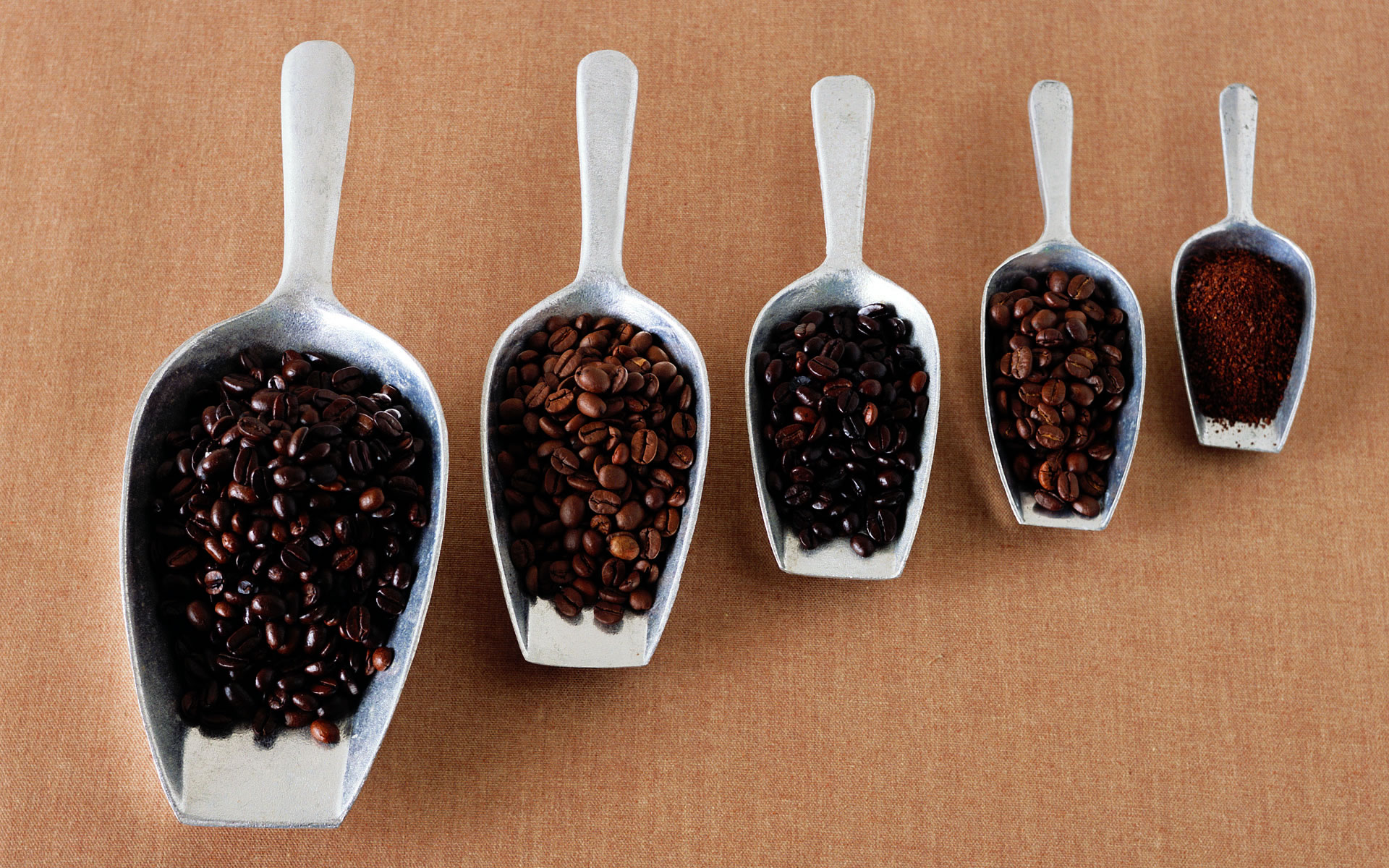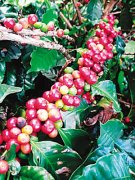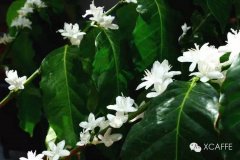Costa Rica Saint Roman Water washing and processing Plant Coffee Fine Coffee
Costa Rica's best coffee seems to come from small processing plants, spread over several major coffee growing regions, including Tara Pearl and Western Valley. The so-called coffee revolution, which began 15 years ago, has dramatically changed the way roasting experts and importers think about Costa Rican coffee. Centered in the processing plant, coffee beans are collected from small farms around, mostly small communities or families, growing coffee on their own small farms or on land, all of which are processed and dried in a small processing plant. Royal Coffee is unique in its quality and flavor, thanks in large part to the cooperation between coffee producers and us. San Romain treatment plant, the use of washing treatment method based on a strong taste. Coffee cherries are hand-selected, coffee farmers remove overripe or immature cherries, and then production processing, using a 3 disc aagaarde peeling machine to remove the peel and pulp, and then using a machine to divide the coffee beans into three grades according to the density of the beans. Grade 1 and 2 green beans are fermented separately, while grade 3 is low quality green beans. Fermented in the shade for about 24~36 hours, washed after fermentation, graded according to density again in the washing channel, and then soaked in water overnight. The processed coffee is roasted and has a bitter sweet chocolate flavor with a creamy sweet texture, combined with a low profile wine acidity, a strong aroma and a memorable fruit sweetness of chocolate beans.
Costa Rican coffee cultivation was introduced from Cuba in 1779 and exported for the first time in 1820. There are about 32,000 coffee farmers in Costa Rica, with an average cultivation area of less than one hectare (10,000 m2) per farmer. Costa Rica has a population of 4.1 million (2006), 82,500 hectares of coffee cultivation area, an annual production of 1.7 million bags (60kgs per bag), and an annual domestic consumption of 380,000 bags, with an average annual consumption of 5.5 kgs per person, which is higher than Japan's (consumption of 4 kgs).

Important Notice :
前街咖啡 FrontStreet Coffee has moved to new addredd:
FrontStreet Coffee Address: 315,Donghua East Road,GuangZhou
Tel:020 38364473
- Prev

Colombia Hui Lan producing area Vera plateau yellow bourbon high quality coffee
Colombia's fine bean producing areas are mainly in the south, above 1500 meters above sea level, including San Augustin, Huila, Popayan, Cauca, Nariño and Tolima, where the products have delicate sour and berry aromas, caramel aroma and sweet feeling. Bourbon species, native to Indian Ocean waves
- Next

Nicaraguan honey treats red bourbon boutique coffee Jim Molina Manor
Coffee in El Salvador is grown mostly by small farmers, who grow it in the traditional way: almost 100% shade. The coffee harvest lasts from November to March. The fresh fruit of coffee is picked by hand. On the whole, Salvadoran coffee inherits the mild quality of Sino-American coffee, which is soft, slightly sour and beautiful.
Related
- Does Rose Summer choose Blue, Green or Red? Detailed explanation of Rose Summer Coffee plots and Classification in Panamanian Jade Manor
- What is the difference between the origin, producing area, processing plant, cooperative and manor of coffee beans?
- How fine does the espresso powder fit? how to grind the espresso?
- Sca coffee roasting degree color card coffee roasting degree 8 roasting color values what do you mean?
- The practice of lattes: how to make lattes at home
- Introduction to Indonesian Fine Coffee beans-- Java Coffee producing area of Indonesian Arabica Coffee
- How much will the flavor of light and medium roasted rose summer be expressed? What baking level is rose summer suitable for?
- Introduction to the characteristics of washing, sun-drying or wet-planing coffee commonly used in Mantenin, Indonesia
- Price characteristics of Arabica Coffee Bean Starbucks introduction to Manning Coffee Bean Taste producing area Variety Manor
- What is the authentic Yega flavor? What are the flavor characteristics of the really excellent Yejasuffi coffee beans?

